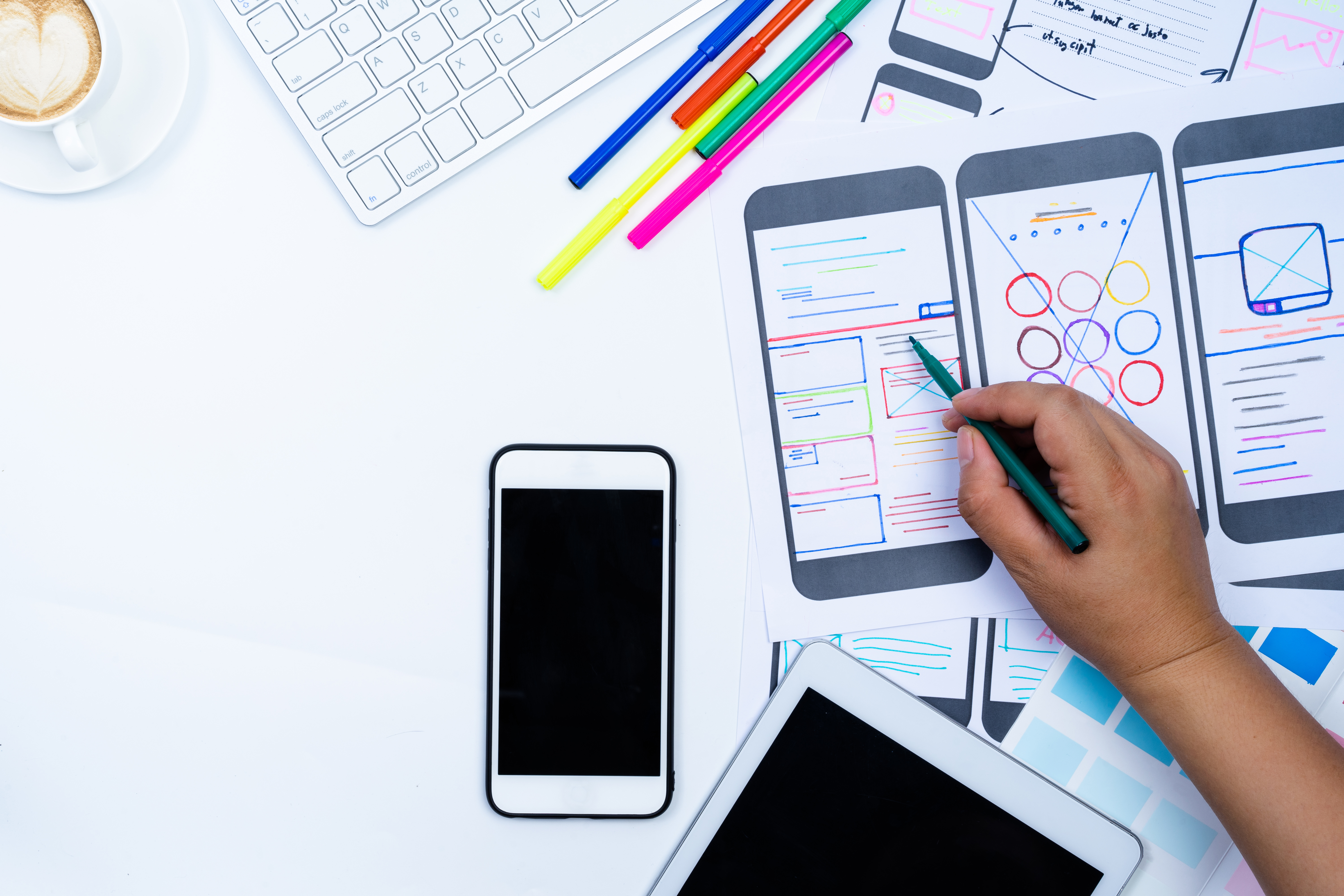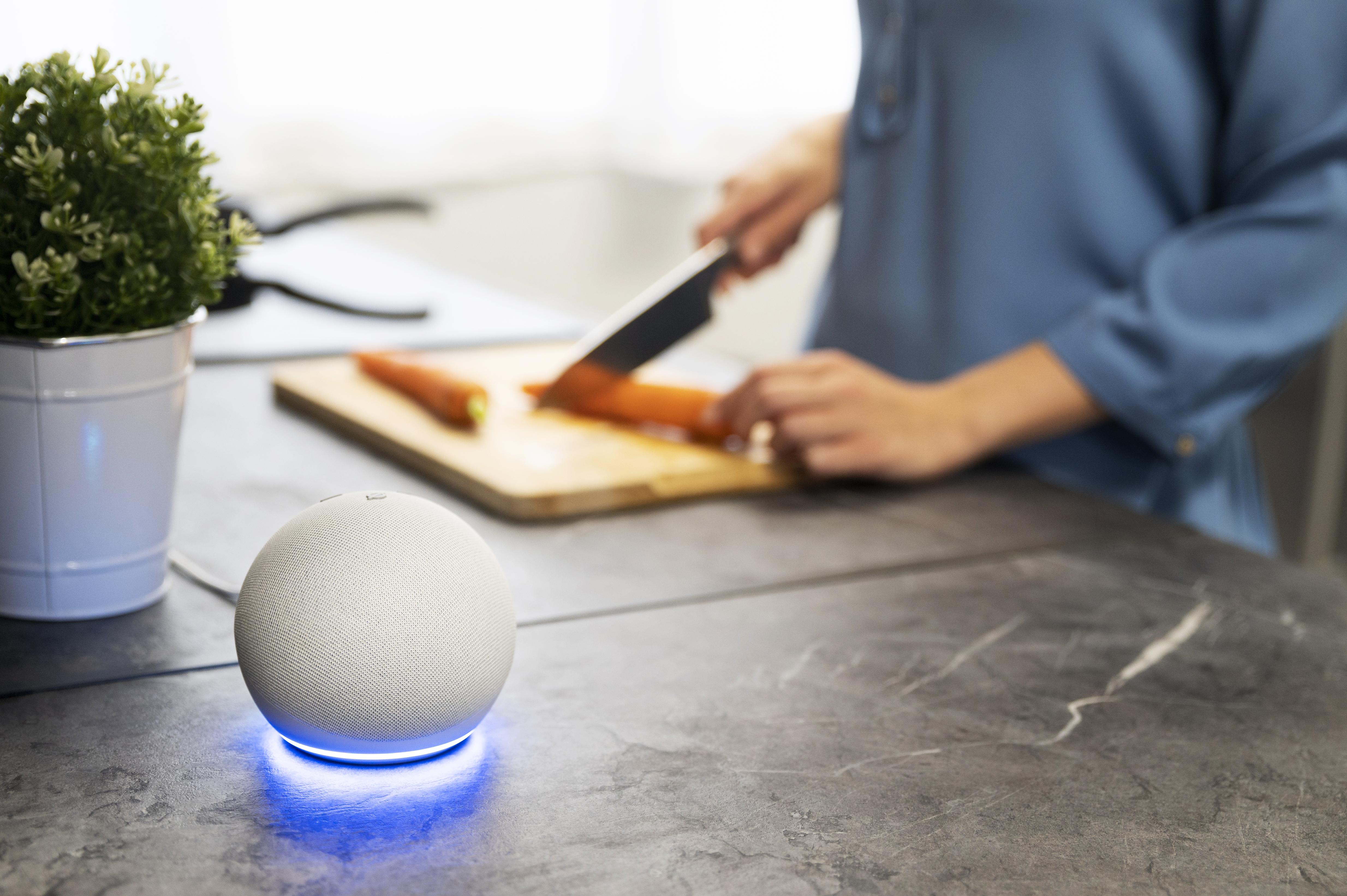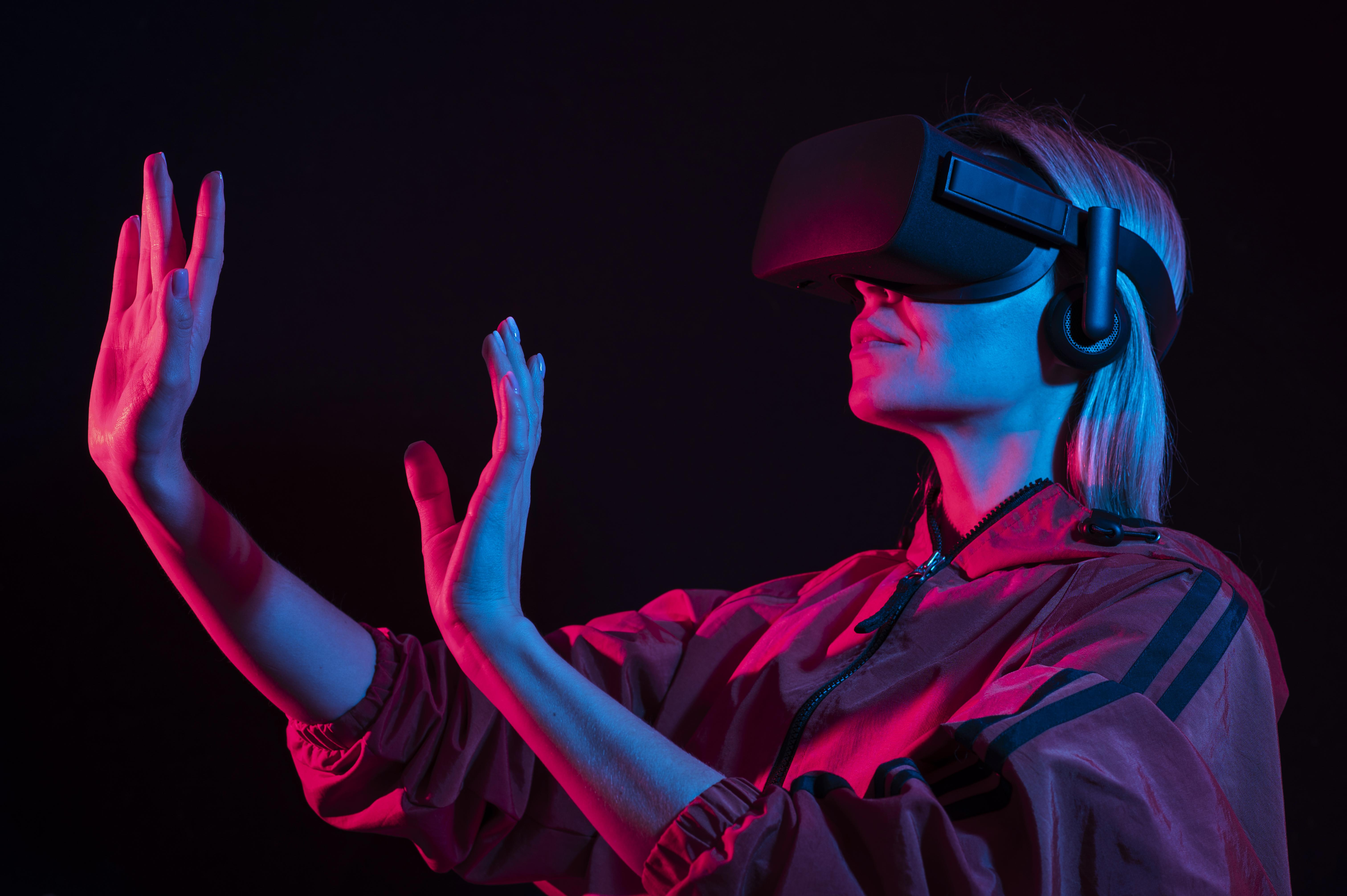

Mobile UX (user experience) focuses on designing applications/websites based on the needs of mobile users. This includes mobiles, tablets, laptops and even portable devices such as wearables to enhance UX. There are about 5.22 billion unique mobile phone users worldwide. Therefore, it makes more sense to conduct experiments that take into account your consumers’ behavioural and environmental needs.
Customer experience is the foundation of every product one creates. In recent years, this is why you see the growing importance of mobile UX. A mobile-first website strategy is no longer an exception anymore. It’s a common practice among leading companies that are rethinking their online presence, services and their audience to deliver a new, user-centric experience that’s optimised for mobile-first. With an infinite number of devices in the market, it has become extremely important for companies to focus on providing the right mobile experience.
Top 5 web design trends you must watch out for in 2022
Let's take a look at the most exciting and prominent factors of UX mobile design for 2023:

With a user-centric mobile-first strategy, design has started to change. A new, more user-centred approach is on the rise. There’s been a definite shift from the old ‘inside-out’ design where designers would work on the product’s user interface (UI) and UX to the new ‘outside-in’ approach where designers are now working on the product from the perspective of the user.
It’s a user-centric approach that places more weight on the end-user, so the design is being redesigned to focus more on creating UX that will be most appealing and most usable to the end-user.
User-centric design is all about delivering a simple and practical user experience that is intuitive and consistent with the user’s expectations. UX is about simplifying and focusing on functionality and less about trying to fit in more design elements.
It’s all about using space and functionality intelligently, rather than trying to have a lot of clutter, which will get in the way of the user’s experience. User-centric design is all about trying to make the user’s life easier. It’s about the user not having to think about the design or look for a feature that is so simple that it’s obvious. With a straightforward design, you can get to the right point quickly and easily.
How to Create Your Own UX Design and Attract Users
Another feature of a user-centric design is that it is all about delivering content, rather than filling the user with too many options, forms and buttons. Content is what the user wants and design helps the user access it quickly and easily.
In 2023, designs will focus on:

Machine Learning (ML) and Artificial Intelligence (AI) have been the big buzzwords in the tech industry, with everyone claiming to use or build them in their software. The problem is that if you are just adding them to your product, you are not using them. AI has now evolved in the front-end side of things. It is no longer limited to the back-end.
The OTT platform, Netflix, is a great example of an AI-driven application. It uses sophisticated algorithms to distribute certain content based on the user’s preferences, past selections and even the content they are watching at that moment. Spotify, an audio streaming application uses AI to display suggestions for songs and albums.
The main purpose of designing an intelligent interaction is to solve the user’s problems and fulfil their needs in the easiest way possible.
Animation is a unique way to communicate your brand’s message. It’s been around for a while on television, but the field of digital animation is quite recent. It didn’t even come into existence until the 1980s. The field is currently a booming industry that’s taking the mobile medium by storm.
On the web, it’s all about speed. It’s about the user experiencing rapid feedback as to the state of the page. It’s an efficient way to convey information to the user.
In the mobile world, things aren’t quite as simple. Mobile is all about the interface. The user’s experience is going to be drastically different from any other form of media. Animations can add a new layer of depth to the mobile user experience. However, the crux is not to overdo it. Micro-interactions when kept subtle deliver delightful experiences.

Voice-based UI has become a trend over the past few years as Alexa and Google Home became part of our daily lives. When designing a UX for voice communication, you should pay special attention to the device, its limitations, content and the environment in which it is used. Not only does voice-input help create the highest level of privacy, but it also delivers a contactless experience and reduces the number of steps that the user performs for a specific task.
How To Successfully Design For A Target Audience

Augmented Reality (AR) helps superimpose information on top of objects, images and text. AR is considered to be the most commonly used in education, theatre and entertainment because it helps users gather a deeper understanding of the environment they are interacting with. For example, imagine a child using an AR capable application. Specifically, when a child scans an elephant photo, they will see a photo or 3D model of the elephant. It helps stimulate learning.
We are seeing modern models for presenting interactive information in mobile design. It is better to use tables, graphs and so on to present more detail than using simple texts for statistics. Data visualisation in mobile design allows users to interact with the data as they see fit. It makes the experience very personal.
Keep up with the UI-UX trends 2023 with the help our team of experts. Get in touch.